Paper money first appeared in China and was widely circulated during the Yuan Dynasty, but war and chaos caused the currency to lose 1000% of its value and collapse.
After unifying China in 221 BC, Qin Shi Huang demanded a unified currency throughout the country. For the first time in Chinese history, a two-tier currency system was introduced, with the higher grade made of gold and the lower grade made of copper.
Paper money appeared in the Tang Dynasty (618-907) in the 7th century, becoming the first paper money in the world. However, it was not until the Yuan Dynasty that paper money was widely circulated in China.
The Yuan Dynasty (1278-1368) was established after the Mongol conquest of China. After ascending the throne, Kublai Khan sought to destroy the Southern Song and initiated several wars in the 1270s to unify northern and southern China.
Kublai Khan issued banknotes, becoming the first political regime in Chinese history to use paper money as the sole legal tender. He implemented this policy by confiscating gold and silver from foreign individuals and merchants, and then giving them state-issued banknotes at the exchange rate.
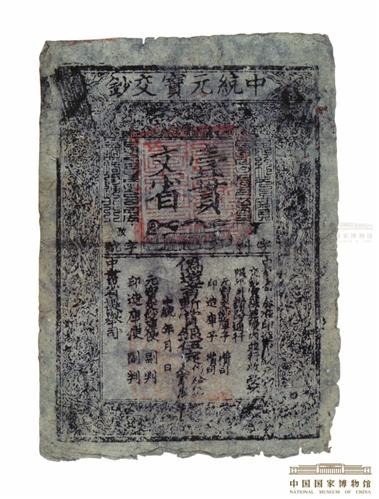
Zhongtong Banknote of the Yuan Dynasty. Photo: National Museum of China
China then switched from a copper coin economy to banknotes, the world's earliest standardized monetary system. This move replaced the system of copper coins, iron coins, and silver bullion, ending the chaos in the previous decades.
This also makes Kublai Khan considered the first person to create legal tender. The check-like paper money made it easier to collect taxes and administer a large empire, while also reducing the cost of transporting metal coins.
When he arrived in China during this period, explorer Marco Polo was amazed to see the monetary system created by Emperor Kublai Khan.
"In the city of Cambalu (Dadu, the capital of the Yuan Dynasty, today's Beijing), there was the Great Khan's printing press. Paper money circulated everywhere in the Great Khan's territory, and no one dared to risk their life refusing to accept payment by banknote," the explorer wrote in the second volume of Marco Polo's Travels .
Marco Polo said that people could use bank notes to buy goods such as pearls, jewelry, gold or silver anywhere. Soldiers in the army were also paid with bank notes.
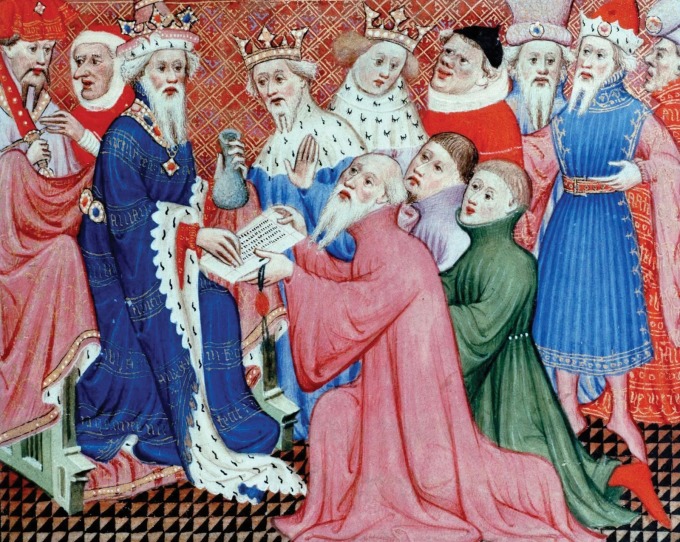
Marco Polo, his uncle and father presenting the pope's letter to Kublai Khan. Photo: Britannica
Along with encouraging domestic economic development, Kublai Khan pursued an expansionist policy to continuously expand his territory. Following the advice of his courtiers, he launched invasions targeting Southeast Asia and Japan.
But the constant wars are considered to be an important reason for the depletion of the Yuan treasury. Coupled with poor paper money management skills and lax financial discipline, the Yuan dynasty's currency rapidly lost value.
To overwhelm the Southern Song's Huizi paper money, the Yuan Dynasty printed large quantities of Zhongtong (Kublai Khan's banknotes). This period also marked the Yuan Dynasty's large investment in infrastructure and public works, which further aggravated the inflation situation.
In 1287, the Yuan Dynasty issued another paper currency called the Zhiyuan, which was worth five times as much as the Zhongtong. Both currencies were allowed to circulate, but the value of the Zhongtong had dropped by 80%.
From their first issuance in 1260 to 1309, paper money lost 1,000% of its value. In 1311, both types of money were reissued but no longer backed by silver. The monetary system changed to fiat money which lasted for 40 years.
In 1352, a paper currency called the Zhizheng was issued, but the collapse of the Yuan dynasty caused it to rapidly lose value. Paper money was virtually worthless by the time the Ming Dynasty overthrew the Yuan in 1368. By then, most urban dwellers had returned to a barter economy.
War was one of the main reasons for the collapse of the Yuan Dynasty's paper money system, but researchers believe there were other factors such as China's large land area, which made managing the currency difficult.
In addition, China lacked domestic silver reserves and had to import it from Japan and later from the Americas, causing a trade deficit that persisted until the end of the Ming Dynasty.
Lack of gold and silver reserves made it impossible for people to exchange money at fixed rates. In the 1350s, paper money was issued by private entities, central and local governments, causing credit to increase and the value of money to plummet.
The final factor that led to the collapse of the Yuan Dynasty's paper money system was the chaos that followed the death of Kublai Khan, which created a power vacuum. The Yuan Dynasty spent a large amount of money in its treasury to maintain the bureaucracy and the royal family in order to stabilize the regime and overcome this period of chaos.
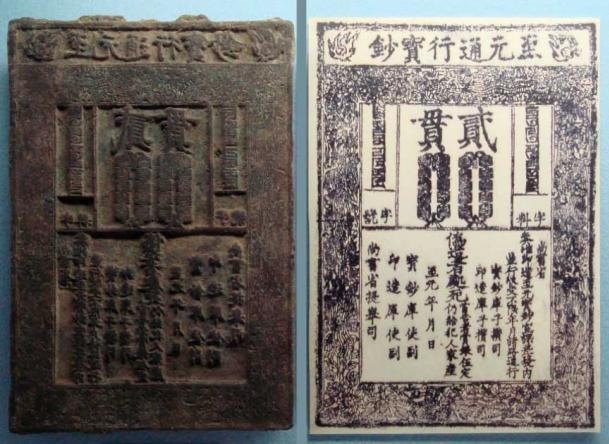
Woodblock print of Chi Nguyen banknote (left) and a banknote from the print. Photo: Ancient
By the end of the 13th century, the price of Yuan goods increased tenfold, making life extremely difficult for ordinary people.
However, some economists and historians argue that the Yuan Dynasty cannot be considered to have experienced hyperinflation, as by modern standards, the Yuan Dynasty's inflation rate was only 5.2% per year. Researchers believe that the growth of the empire, conflict, and prolonged war were the main reasons for the collapse of the Yuan Dynasty and its currency.
Hong Hanh (According to Ancient )
Source link















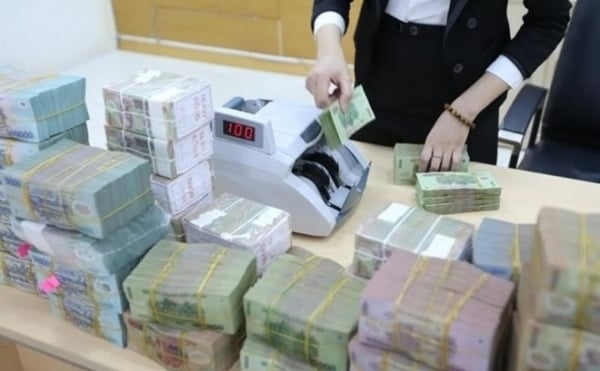
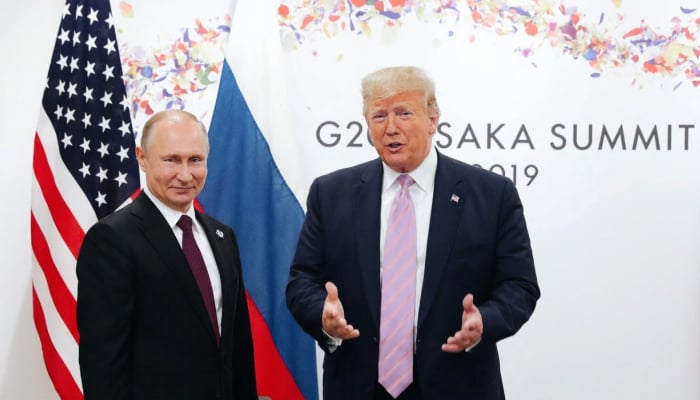




















![[Photo] Prime Minister Pham Minh Chinh chairs Government Conference with localities on economic growth](https://vstatic.vietnam.vn/vietnam/resource/IMAGE/2025/2/21/f34583484f2643a2a2b72168a0d64baa)




























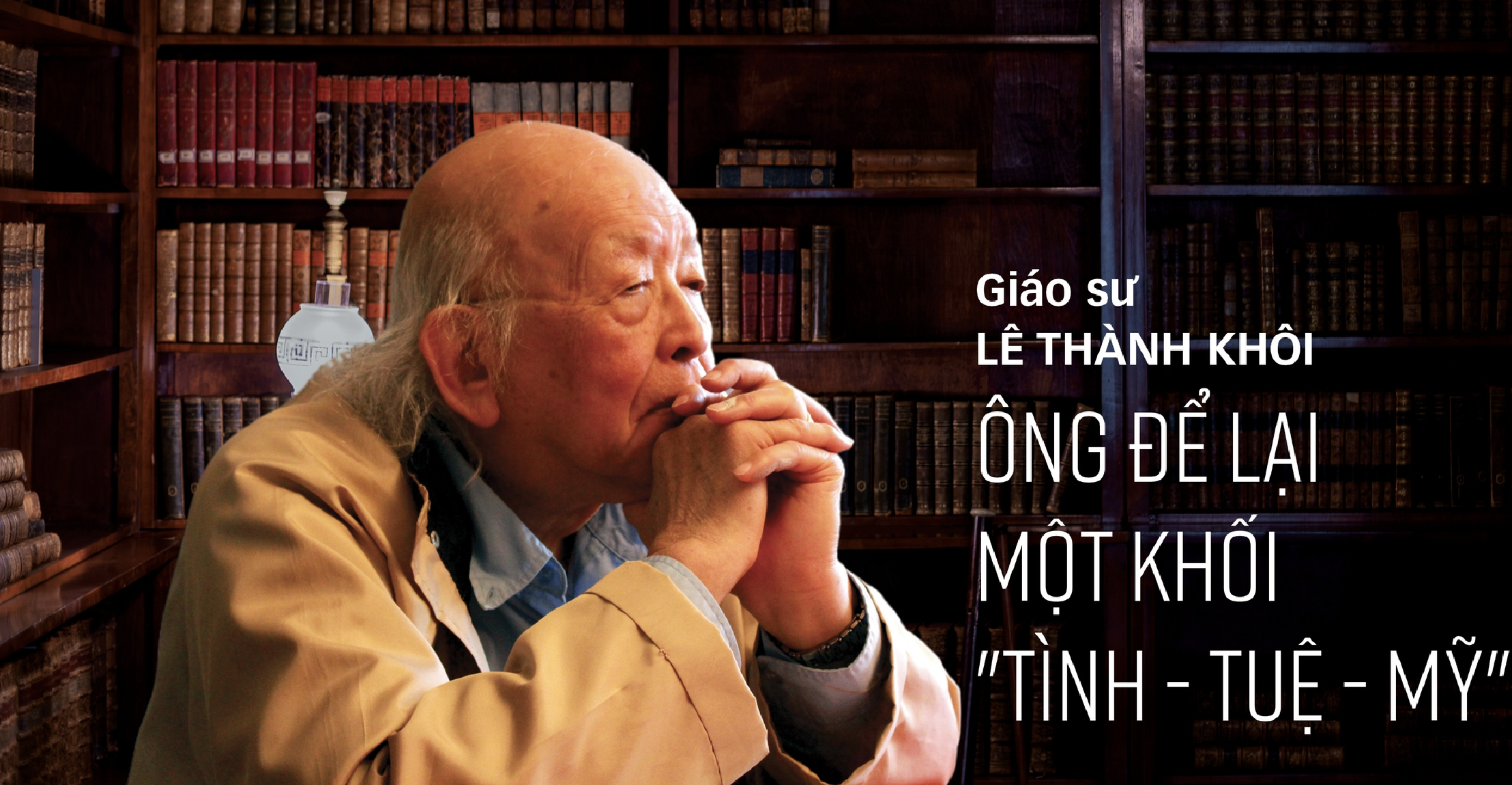


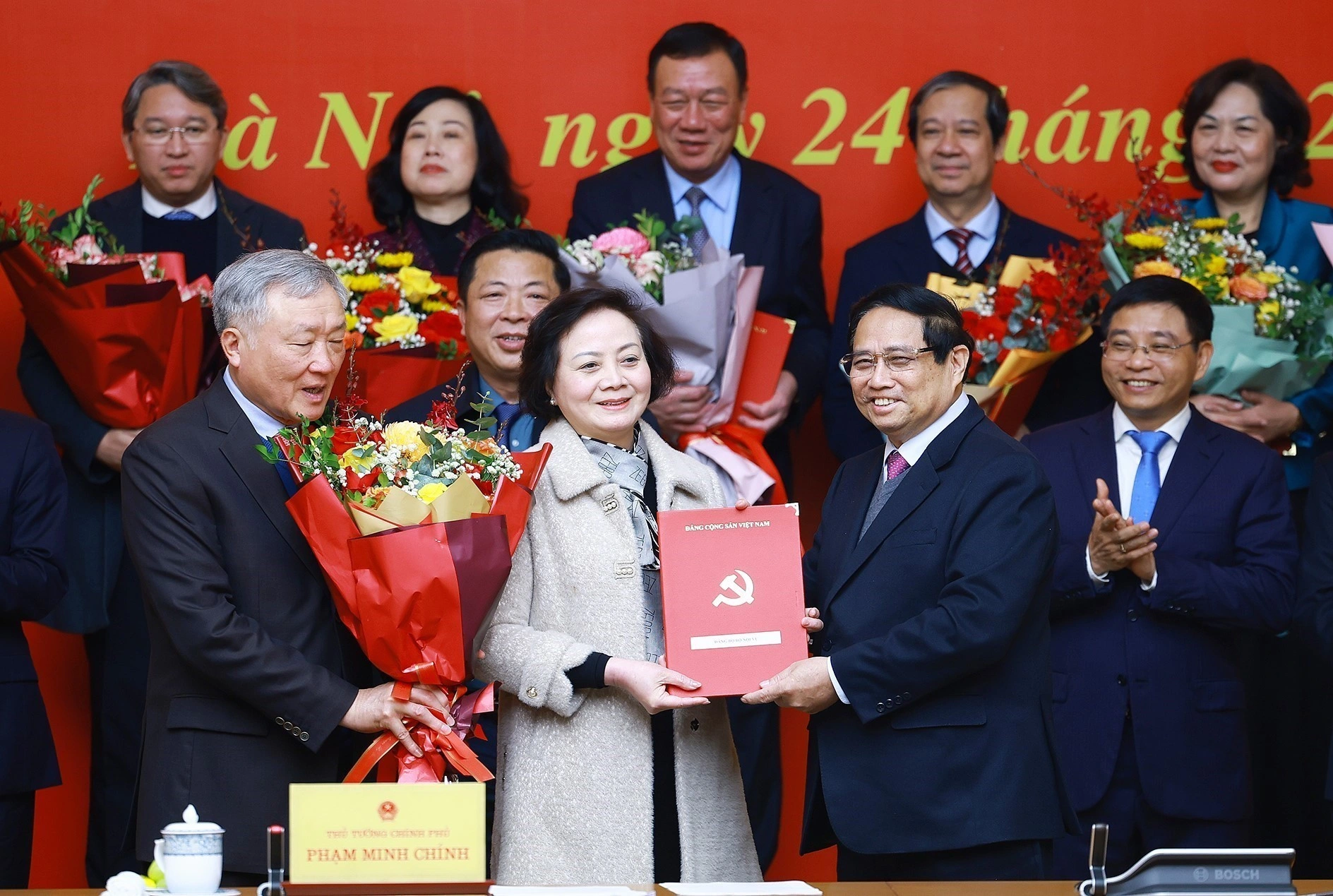
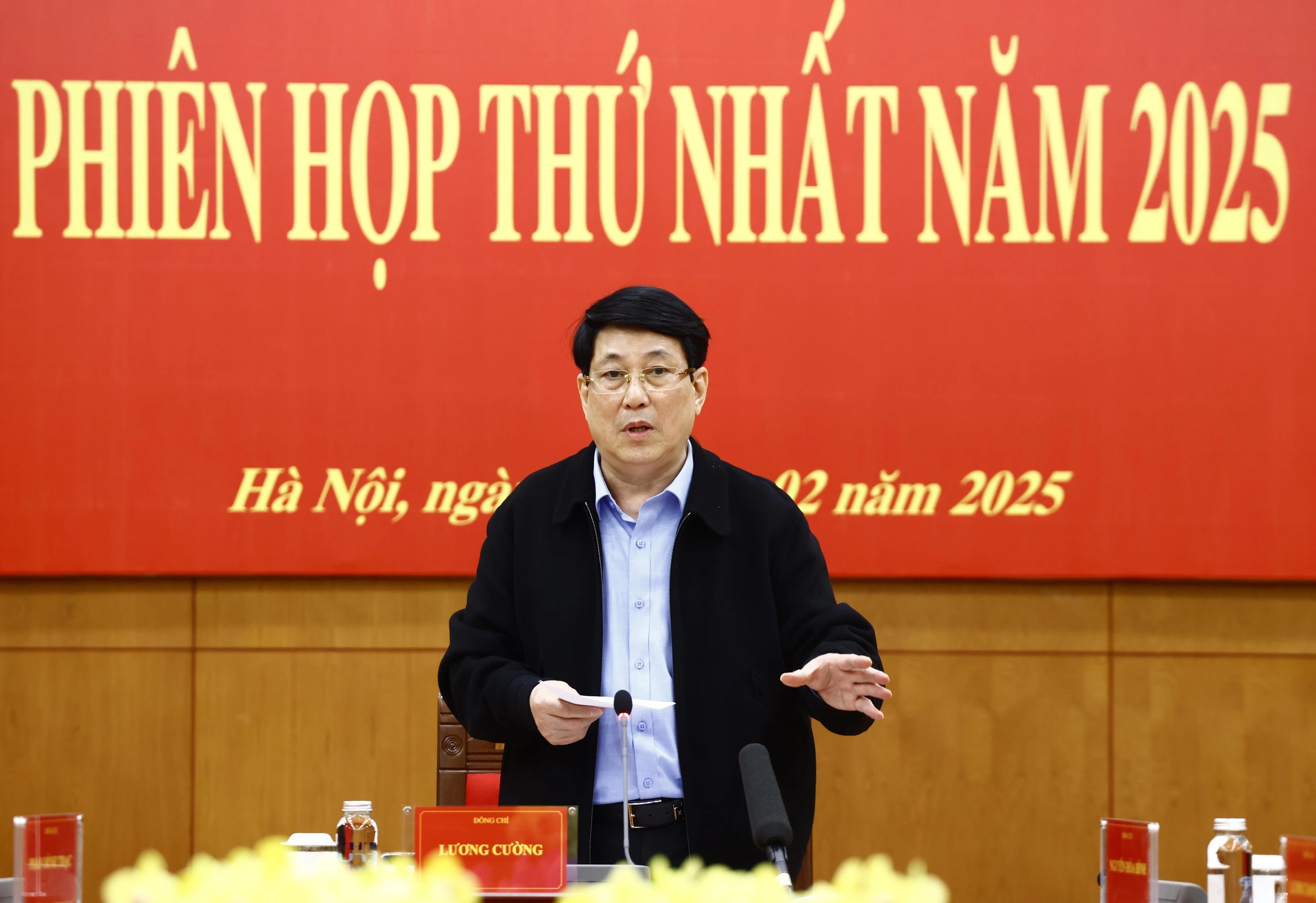


























Comment (0)